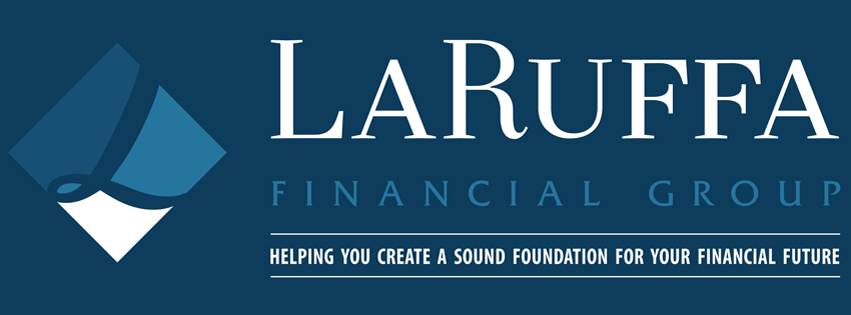When it comes to managing finances, people have more choices than
ever. Convenience may be at an all-time high — with financial vehicle options
that fit a wide variety of needs — but this also means there are more choices
that aren’t necessarily in the clients’ best interests.
The growing number of options makes it more difficult to properly
analyze all of them, leading more and more Americans to take on more risk than is
necessary to meet their goals. It’s become common for people to opt for a
shortcut rather than taking the slow and steady route to build up their savings.
For example, credit cards have become increasingly popular since
their creation in the 1960s, and it’s now become the norm to buy items now and
pay later. This option gives consumers the ability to pay small monthly minimums
which, when paired with high interest rates, could turn manageable debt into
out-of-control debt.
The already-complicated field of finance has only gotten more
complex over the past 50 years. This is all the more reason to rely on financial
professionals for financial advice, as opposed to searching around online or
taking guidance from a robo-advisor. It is important to regularly evaluate your
financial strategy to ensure it reflects your current goals and objectives, so
please keep us in mind any time you’re considering making changes to your strategy.
The average household debt, as a percentage of personal income, increased
sixfold from 1946 to 2008.1 And while the concept of debt may not be
that difficult to understand, the complicated rules that surround credit
scoring are hardly intuitive. For example, leaving cards with zero balances
open doesn’t hurt your credit score, but closing cards without a balance doesn’t
help it.2
Interestingly, while all of these financial vehicles offer people
more choices, as a general rule, Americans have become more averse to change. According
to a recent study, we are now less likely to change jobs, relocate to another
state or open a startup business than we were 30 years ago. As a result, Financial Times reports that productivity
is likely to drop in the U.S. for the first time in over 30 years.3
Even seemingly smart investment choices experience volatility. It’s
important to remember that investing
involves risk, including the potential loss of principal. No investment
strategy can guarantee a profit or protect against loss in periods of declining
values. However, just because a financial vehicle has downsides doesn’t
mean you should eschew it if it is appropriate for your situation.
Here’s one example: 529 college savings plans have become popular
among grandparents who want to help their grandchildren graduate from college
without student debt. However, when 529 funds are distributed to students, the
next year those assets are reported as the student’s income — which, in turn, may
decrease the amount of financial aid the child may receive by 50 percent. In dollar terms, that
means if a student received $10,000 from his grandmother’s 529 plan, his student
aid for the next year could be reduced by $5,000.4
For all practical purposes, financial choices these days are
boundless. There are approximately 2,400 stocks traded on the New York Stock
Exchange alone.5 We suggest that the best way to manage your options
is to seek quality advice from a licensed financial professional and
appropriate financial products for your situation. As always, we’re here to
help.
1 Center for Retirement Research at Boston College. May 26, 2016. “Array
of Financial Products is Dizzying.” http://squaredawayblog.bc.edu/squared-away/array-of-financial-products-is-dizzying/. Accessed May 27, 2016.
2 Barry Paperno. CreditCards.com. Feb. 25, 2016. “Credit utilization
rules for managing your credit score.” http://www.creditcards.com/credit-card-news/credit-utilization-rules-managing-credit-score-1586.php. Accessed May 27, 2016.
3 Derek Thompson. The Atlantic. May 27, 2016. “How America Lost Its Mojo.”
http://www.theatlantic.com/business/archive/2016/05/how-america-lost-its-mojo/484655/. Accessed May 27, 2016.
4 John F. Wasik. The New York Times. May 27, 2016. “The Best Way to Help a
Grandchild with College.” http://www.nytimes.com/2016/05/28/your-money/the-best-way-to-help-a-grandchild-with-college.html?smid=tw-your_money&smtyp=cur&_r=0. Accessed May 27, 2016.
5 Heather Long. CNN Money. May 13, 2016. “How much $$$ do you need to
start investing?” http://money.cnn.com/2016/05/13/investing/how-to-start-investing/index.html?sr=twmoney052816how-to-start-investing0233AMStoryLink&linkId=24774777. Accessed May 27, 2016.
We
are an independent firm helping individuals create retirement strategies using
a variety of insurance and investment products to custom suit their needs and
objectives. This material is intended to provide general information to help
you understand basic financial planning strategies and should not be construed
as financial advice. All investments are subject to risk including the complete
loss of principal.
The
information contained in this material is believed to be reliable, but accuracy
and completeness cannot be guaranteed. If you are unable to access any of the
news articles and sources through the links provided in this text, please
contact us to request a copy of the desired reference.
Investment Advisory
Services offered through Global Financial Private Capital, LLC, an SEC
Registered Investment Advisor.
Content
prepared by Kara Stefan Communications
AE06165083C
